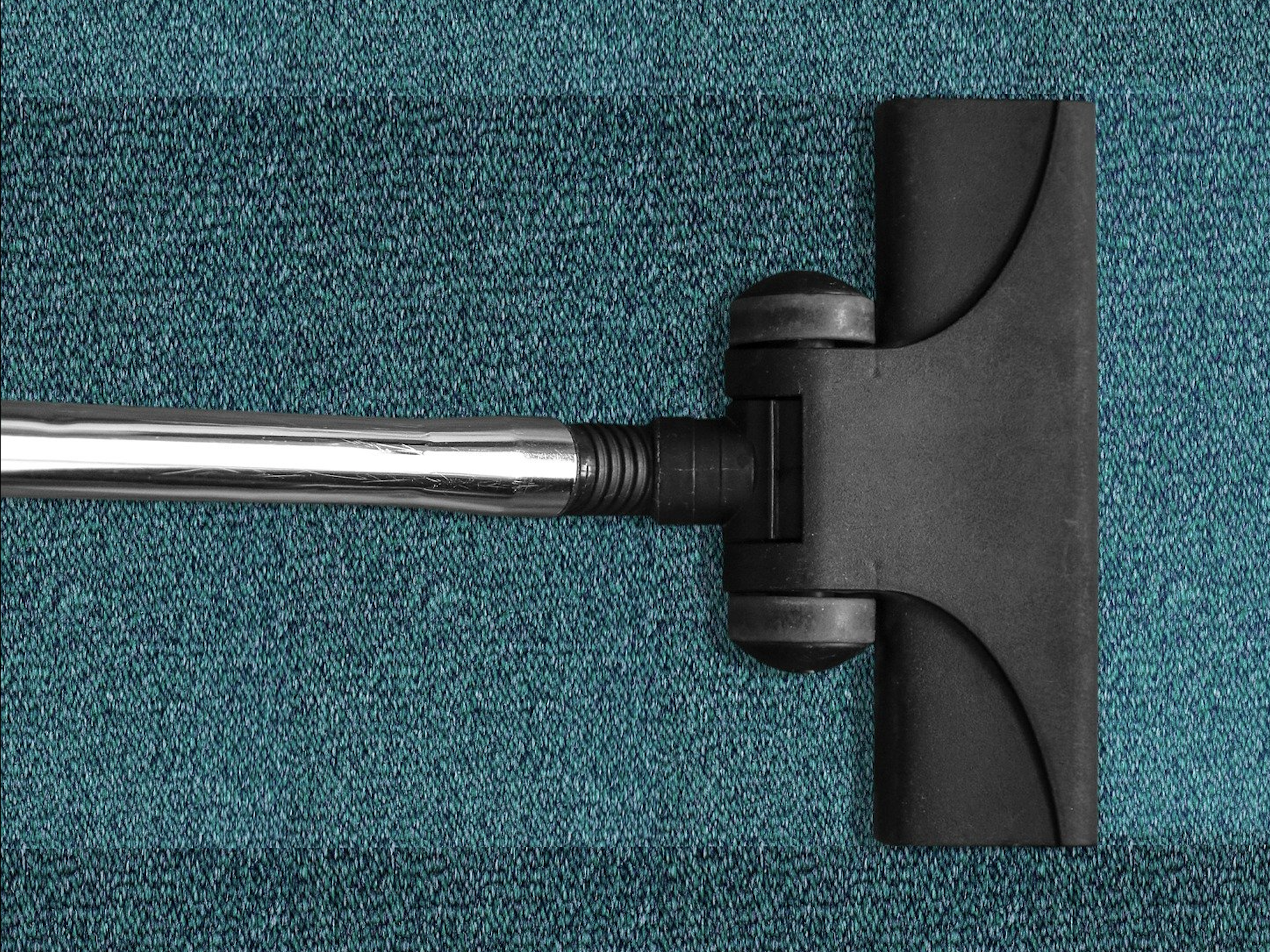

Spring cleaning has long since passed, and the summer grime is settling in. Warm air brings moisture, higher mold levels, and more bugs trying to bust in. As much as you would probably prefer to chill by a pool, there may be key spots in your home you’re missing during your regular cleaning sessions. Let them go untouched for too long and you might find yourself with unexpected spores and growths.
Refrigerator drawers
Only 10 percent of Americans regularly sanitize their refrigerator drawers, according to a 1,500-person survey by Local Gardener. This is a problem, says Jasmine Davenport-Murray, a former health inspector and current owner of ARF Food Safety Consulting Group. “Anything that is going to come in contact with food needs to be cleaned and sanitized,” she explains. This is especially important given that drawers can collect almost anything that leaks inside your fridge. It’s not just old produce juice you need to worry about—the drawer could be collecting liquid from a leaky package of chicken a few shelves up.
Davenport-Murray recommends using a DIY cleaning solution of roughly one capful of bleach in a gallon of water to sanitize the fridge, and other frequently touched kitchen surfaces like dishwasher handles and countertops while you’re at it. “Washing removes the dirt and the residue, but the sanitizing reduces the bacteria or the pathogens to a safe level,” she explains.
[Related: Drug-resistant fungus could be lurking in your compost, but you can reduce the risk]
Washing machines
The inside of a washing machine is typically reserved for clothes, but in 2012, bacteria in a German hospital’s washing machine infected 13 newborns and one child. To prevent this kind of bacteria build-up in your home, expert advice ranges from cleaning your machine once a month to every six months. Whether you use vinegar and baking soda or a chemical cleaning solution, it’s important to clean the gaskets, agitator, door, and any tight spaces inside the machine that could be a bacterial haven. The warm water that sanitizes your clothes is a prime location for colonies of bacteria, making it crucial that you wipe down your machine.
Your cell phone
By now, you should know your cell phone is a dirty place. Experts recommend daily wipe-downs, and the internet abounds with lists of suggested products. But you should take extra care if you use your phone in the kitchen. One Environmental Protection Agency study found that while half of Americans use a phone or tablet while cooking, only one-third of those wash their hands with soap after touching the device. With 3,000 Americans dying from foodborne illness each year, and 350,000 more hospitalized, Davenport-Murray sees a lack of personal hygiene as a public safety concern.
“Since COVID hit, people want to focus on hand-washing and sanitation. What about all the rest of the viruses we could have been preventing: hepatitis A, E. coli?” she says. Phones can carry fecal matter, infectious microorganisms, and countless types of everyday grime, so cross-contamination in the kitchen is a real risk. Sanitizing both your phone and your hands can help with kitchen safety. The fastest way for each is wiping down your phone screen with alcohol wipes and washing your hands with warm water for 20 to 30 seconds.
The area around your windows
A quick window wipedown will eliminate fingerprints and smudges. But are you ignoring your window frame? The Centers for Disease Control and Prevention warns that leaky windows are a prime spot for mold growth, and it’s common to see built-up dirt on a windowsill. While keeping an eye out for leaks, simply use your favorite cleaner and a rag to wipe down the areas around your windows. This should help prevent mold growth. If mold is already present, the EPA recommends using simple soap and water to scrub mold off of hard surfaces. While you work, protect yourself from spores with gloves, goggles, and even an N95 respirator if you have one. When you’re done, don’t forget to dry the area completely, or all that hard work might be for nothing.
